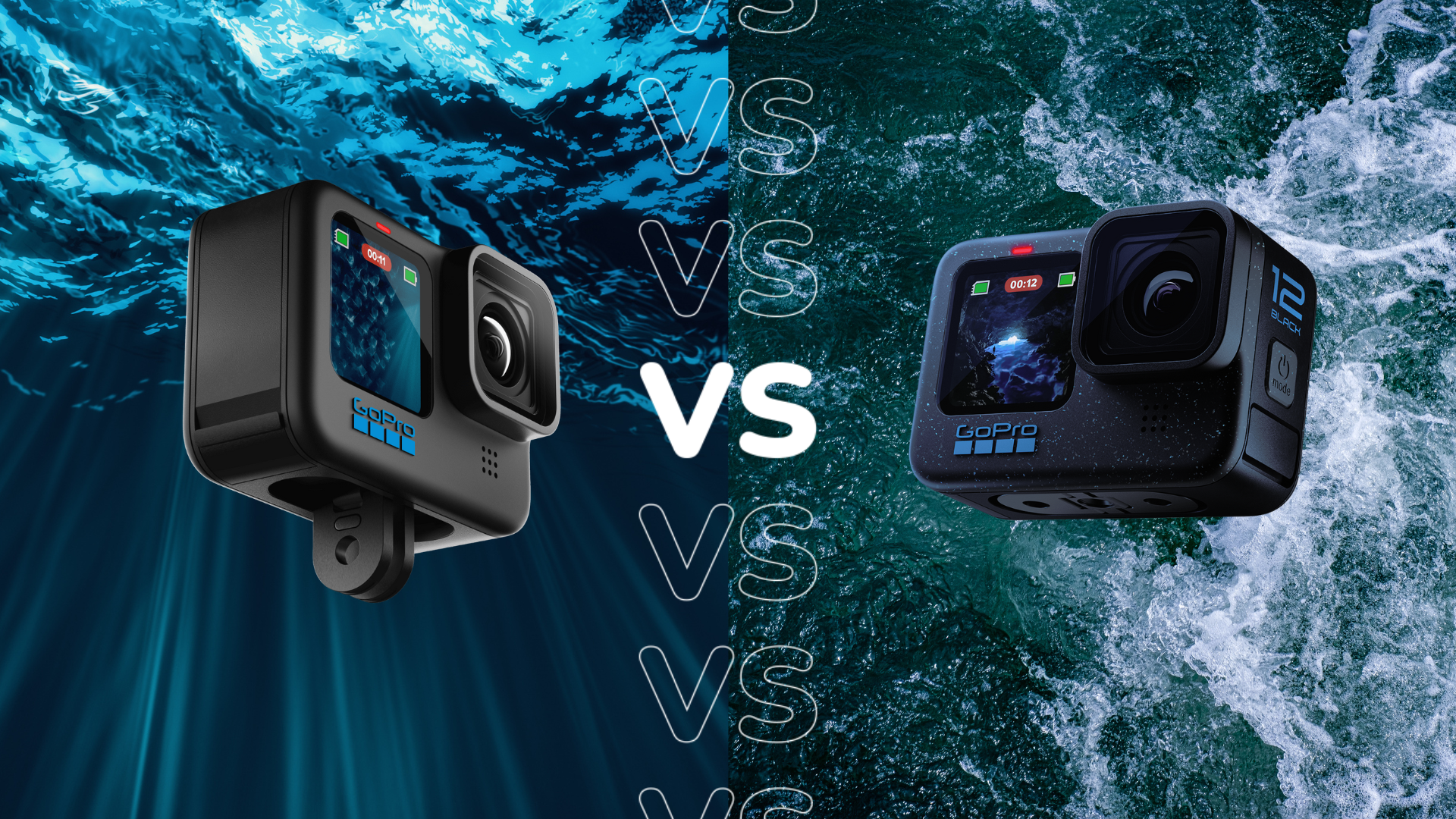Apple M3 vs Snapdragon X Elite: Apple or Qualcomm?

Both Apple and Qualcomm have announced an array of new computing chipsets, from the M3 family to the newly released X Elite.
The computing space is seeing a boon right now, with the announcement of the Apple Silicon M3 series as well as the Snapdragon X Elite at the Snapdragon Summit.
While we haven’t had the chance to test these chips out just yet, both companies have released a lot of pertinent information that can help us figure out which chip is the most powerful.
Make sure you keep reading to figure out which chip packs the most power as well as what features appear on both chips.
Smaller 3nm process on the M3
One of the biggest boosts to come to the M3 chip is the fact it’s built on a 3mn process, a massive improvement compared to its own predecessor, the 5nm M2. To be more specific, Apple claims that the M3 will have up to a 2.5 faster rendering performance than the M1 and 1.8 faster than the M2. The GPU is also quoted to have almost double the graphical power of the M1, making it a great pick for content creatives that need a lot of raw power.
The Snapdragon X Elite, on the other hand, is built on a 4nm process. In a nutshell, a smaller process allows for faster transistors, resulting in a faster overall performance as the chip can process information more efficiently and in less time. Since the X Elite is built on a larger process, it may be less powerful than its Apple rival, but we can’t say that for certain until we get these chips in for testing.
Qualcomm has already claimed that the X Elite will provide “50% faster peak multi-threaded performance vs M2”. Since Apple has not given us any specific numbers on the performance difference between the M3 and M2, we can’t say which chip will come out on top, but it looks like it could be a tight competition.

Apple Music
Apple Music gives you access to over 100 million songs and 30,000 playlists, ad-free. Listen online or off, across all your devices, and hear sound all around in Spatial Audio with dynamic head tracking. You can now try 1 month for free!
- Apple
- Get 1 month free
- £10.99 p/m

We’ll have to wait until we get to review machines with both these chips to give definitive performance conclusions but we have tested the M2 thoroughly and Qualcomm recently provided some benchmarks based on tests using its reference designs. As the benchmarks weren’t run by ourselves, but rather in a Qualcomm-controlled scenario, you do have to take them with a pinch of salt. However, things look promising for the X Elite, offering up a single-core score of around 2700 to 2900 and a multi-core score of around 13,800 to 15,400 in Geekbench 6. The Apple M2, by comparison, scored 2623 and 10013 respectively in our review of the MacBook Air 15-inch.
The M3 is exclusive to Apple hardware
Other than producing one of the most popular handsets in the world, Apple is also known for being an insular company that rarely collaborates with other brands. With that being said, it’s unsurprising to find out that the M3 chip will only appear in Apple hardware going forward, in the same vein as the previous M2 and M1 chips. At the time of writing, the M3 can be found on the newly announced MacBook Pro range, although it’s highly likely that it will appear in more Apple Macs over time.
Qualcomm works a little differently. The Snapdragon X Elite – and the newly announced Snapdragon 8 Gen 3 mobile chipset – should appear in a wide brands and models, making it a lot more accessible in the broader market. Qualcomm claims that PCs powered by Snapdragon X Elite will be coming in mid-2024, but we will be sure to update this article when we know more about the laptops and desktops that are included.
Wi-Fi 7 vs Thunderbolt
In a surprising move, Apple opted not to include Wi-Fi 7 support in the latest chips. They instead come packed with Wi-Fi 6E support. This will still be more optimal than the previous Wi-Fi 6 and Wi-Fi 5 iterations, but it won’t be able to offer the same connectivity as its successor. What Apple does have, however, is Thunderbolt 4 support, which offers speeder transfers than the standard USB-C connection. It’s worth noting that Thunderbolt 4 is exclusive to the M3 Pro and M3 Max laptops, with the vanilla M3 devices coming with Thunderbolt 3.
While the X Elite does not come with Thunderbolt support – instead touting the standard USB 4 standard – it does come with Wi-Fi 7 compatibility. If you own a supported router, Wi-Fi 7 should be able to deliver peak rates of 40Gpbs, which is four times faster than Wi-Fi 6E. It also has a wider channel which allows the router to transmit more data at once, ultimately making it more convenient for users.








